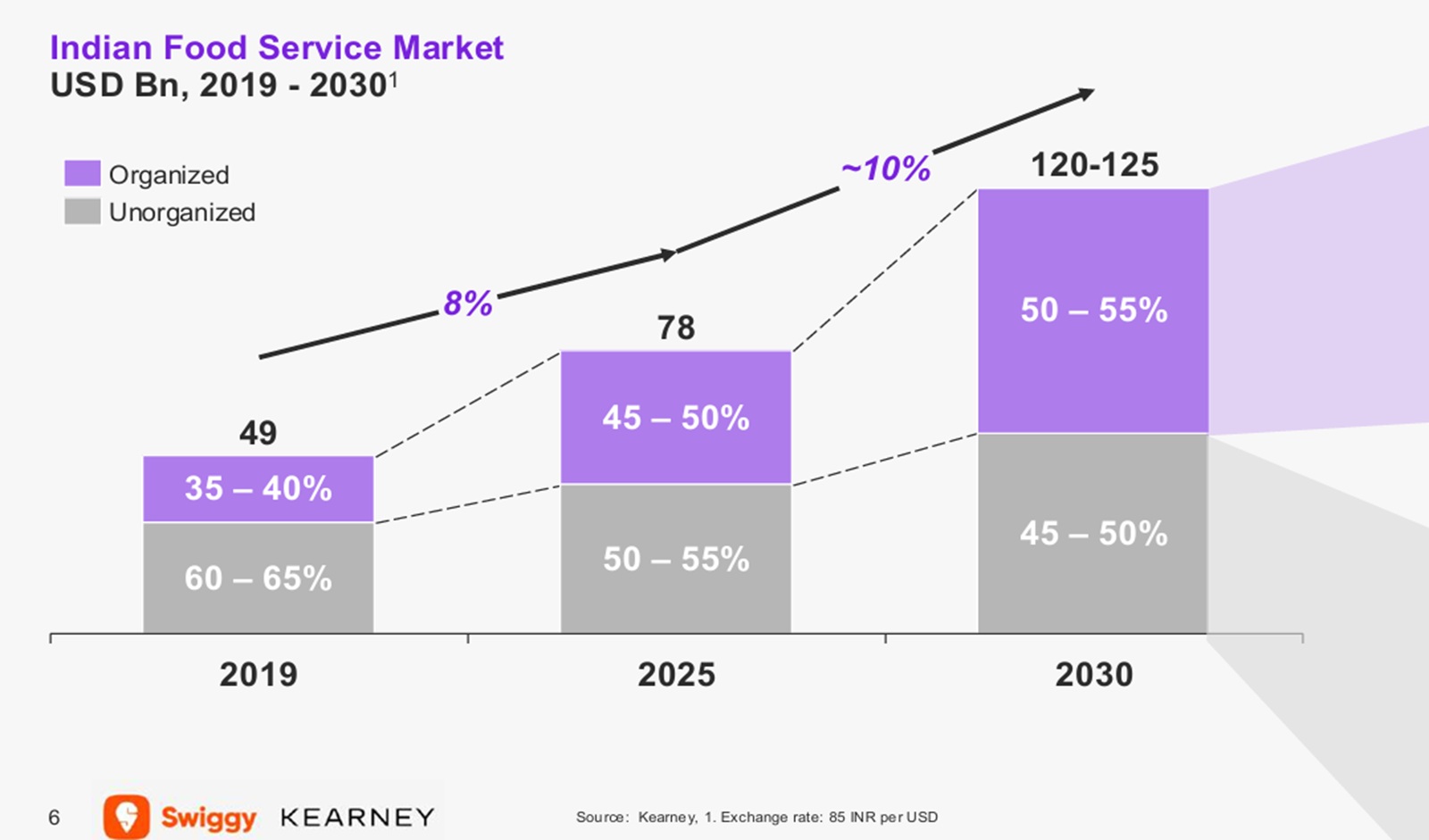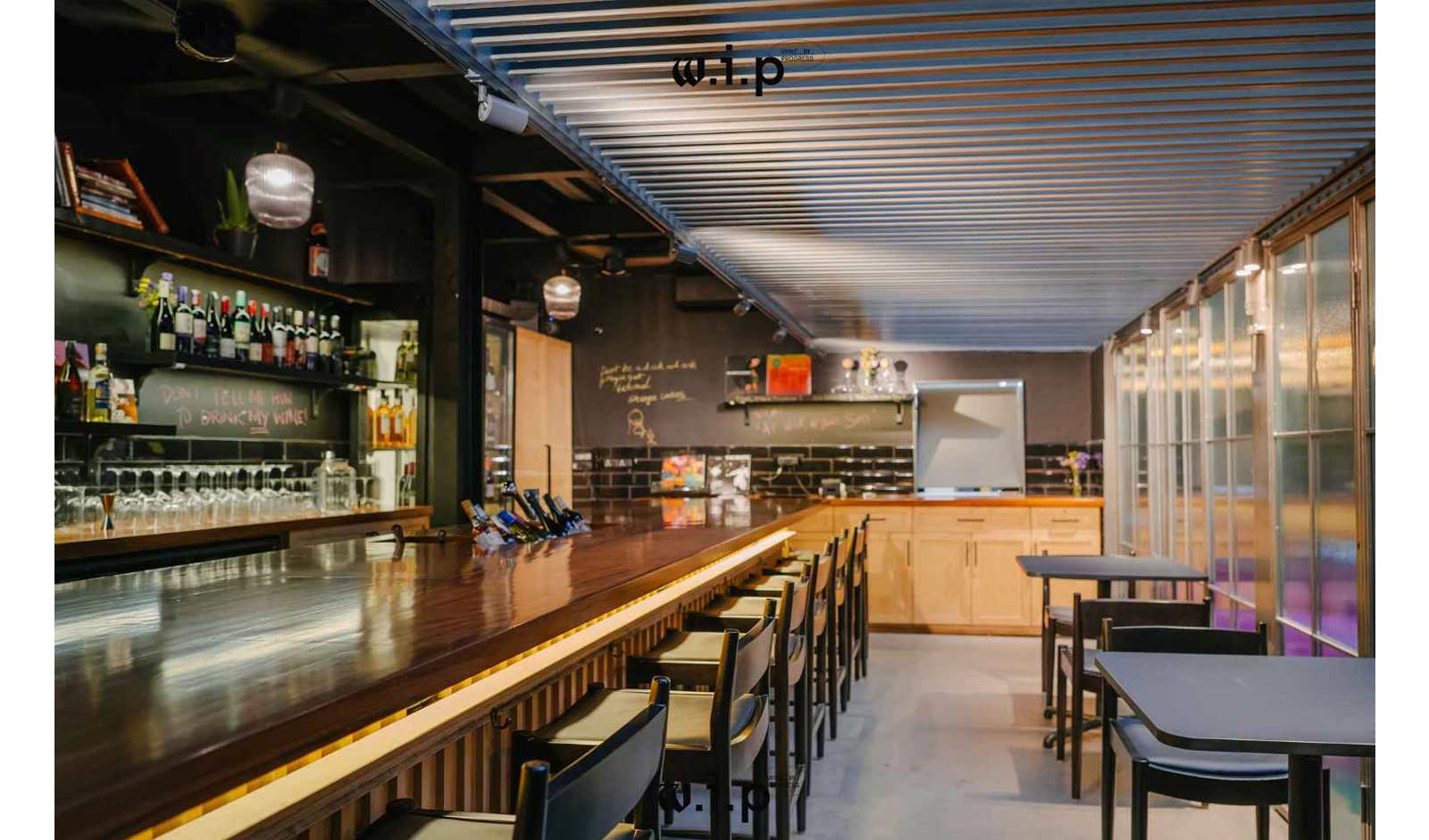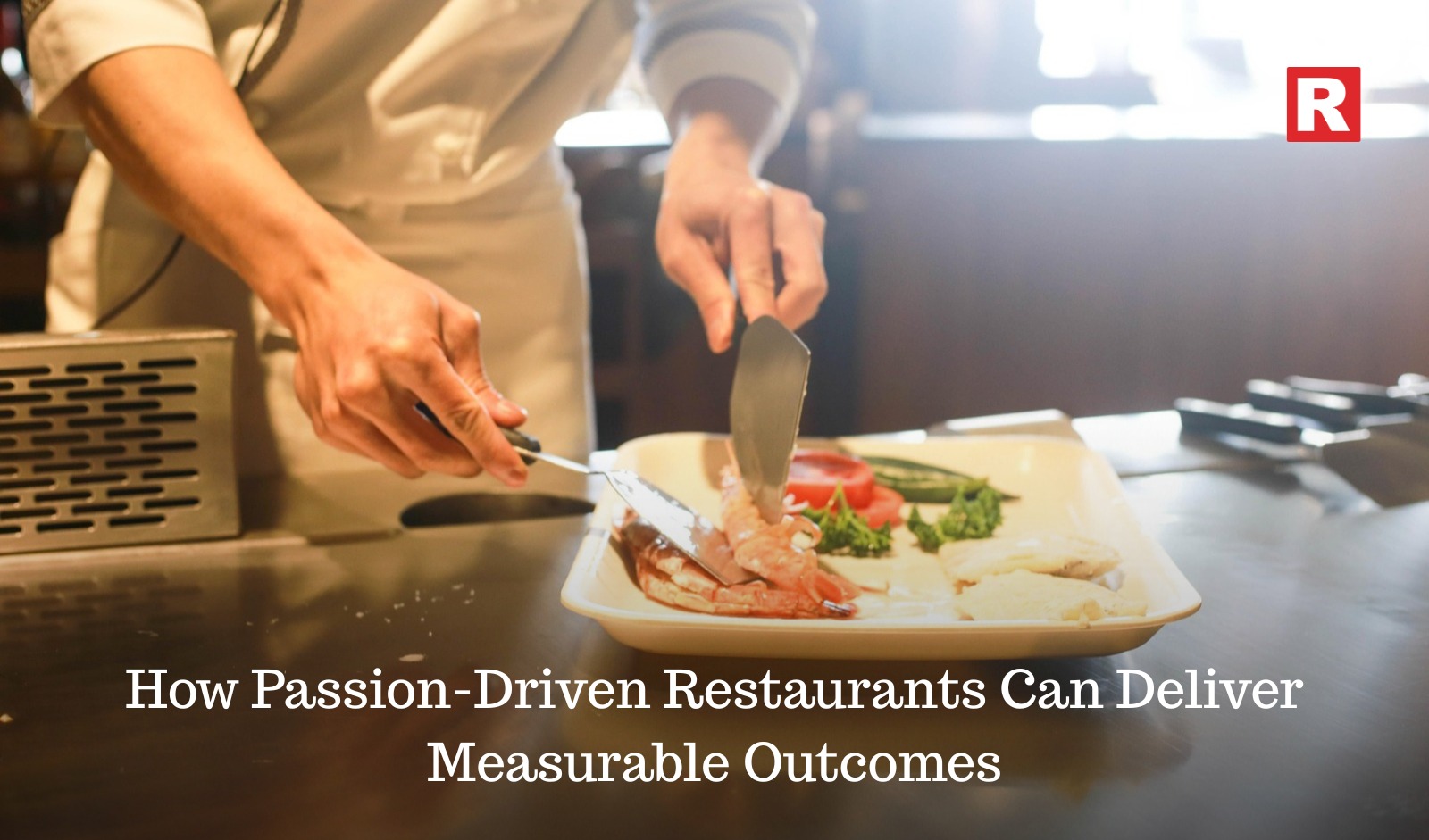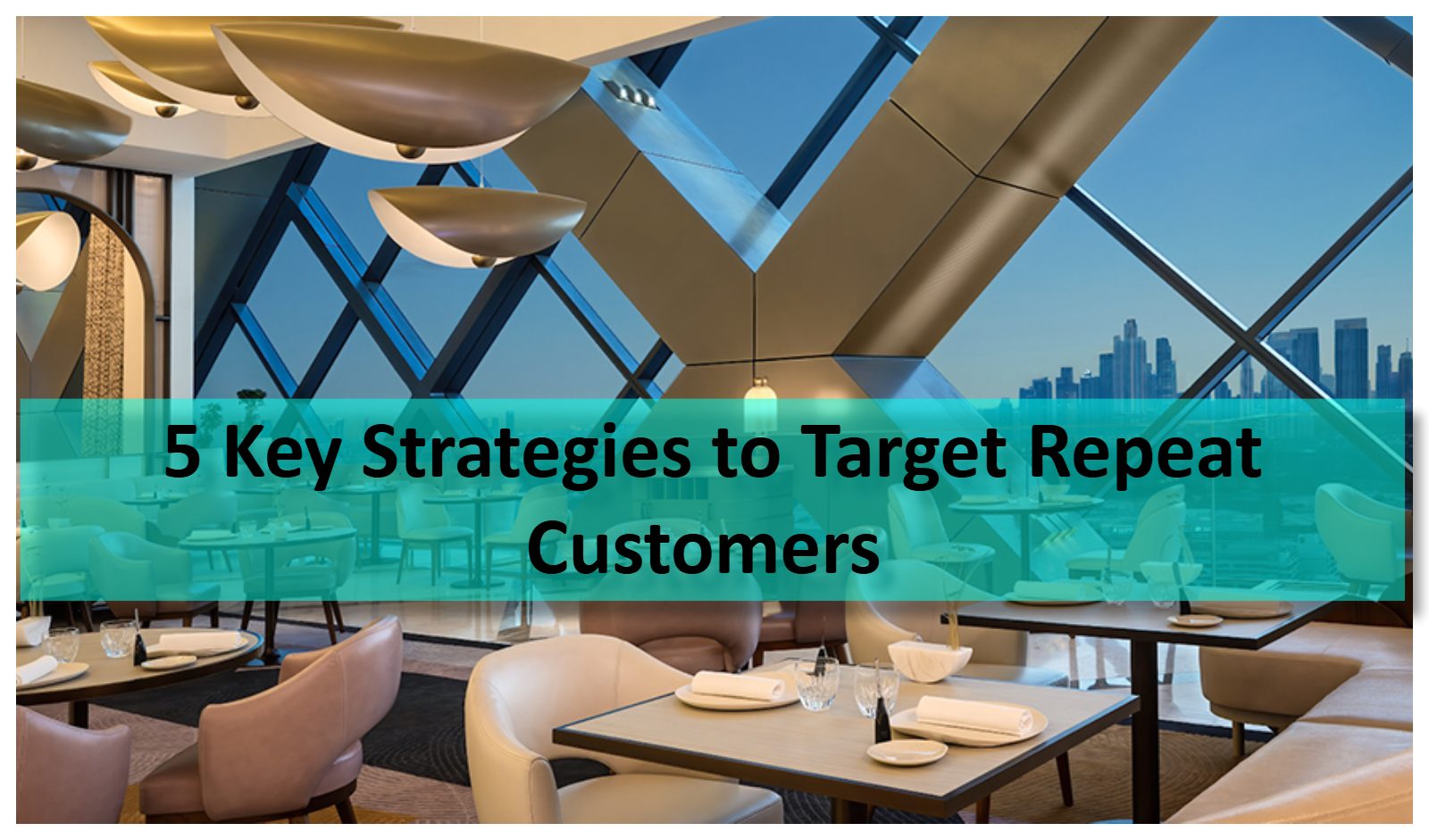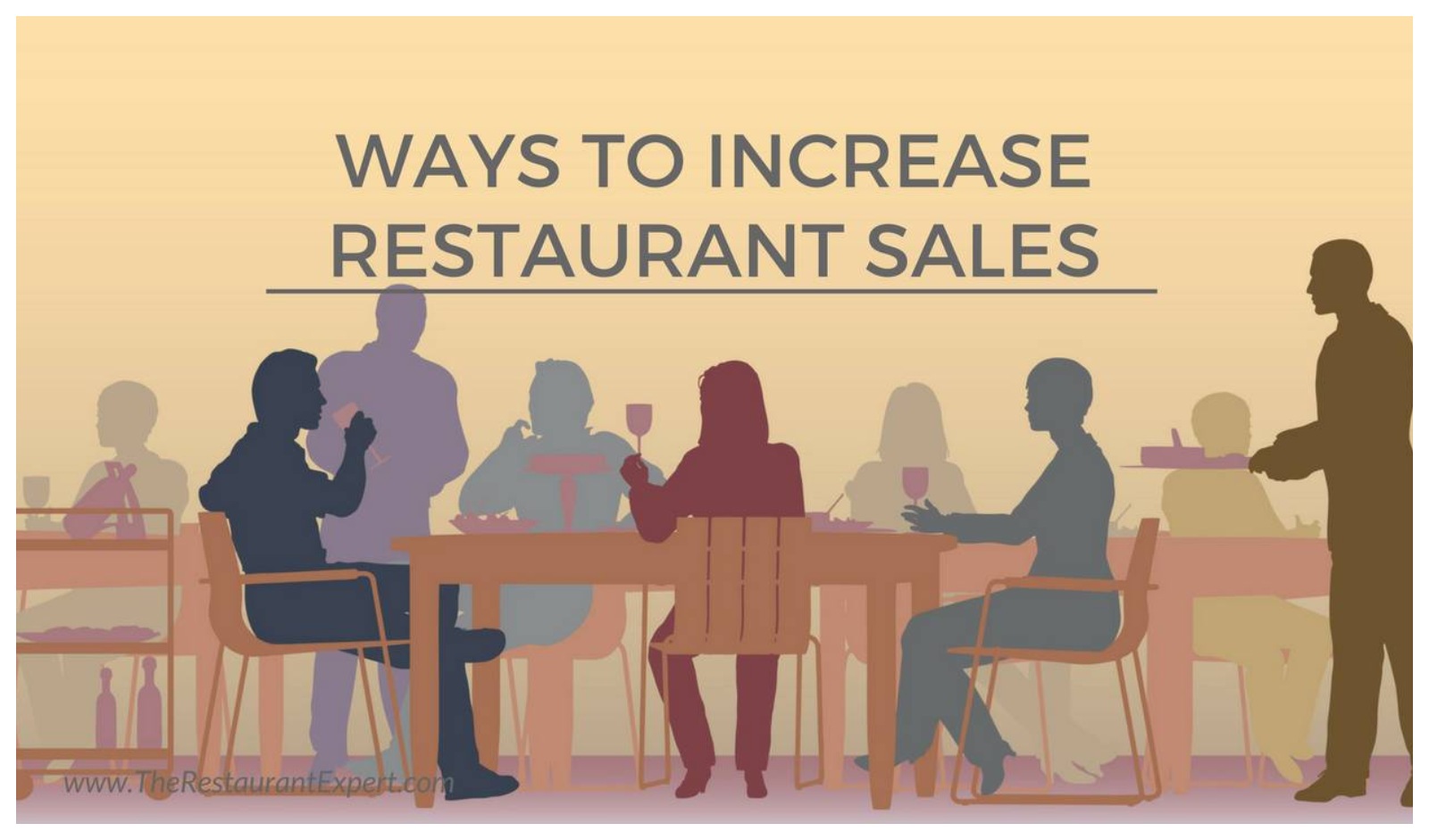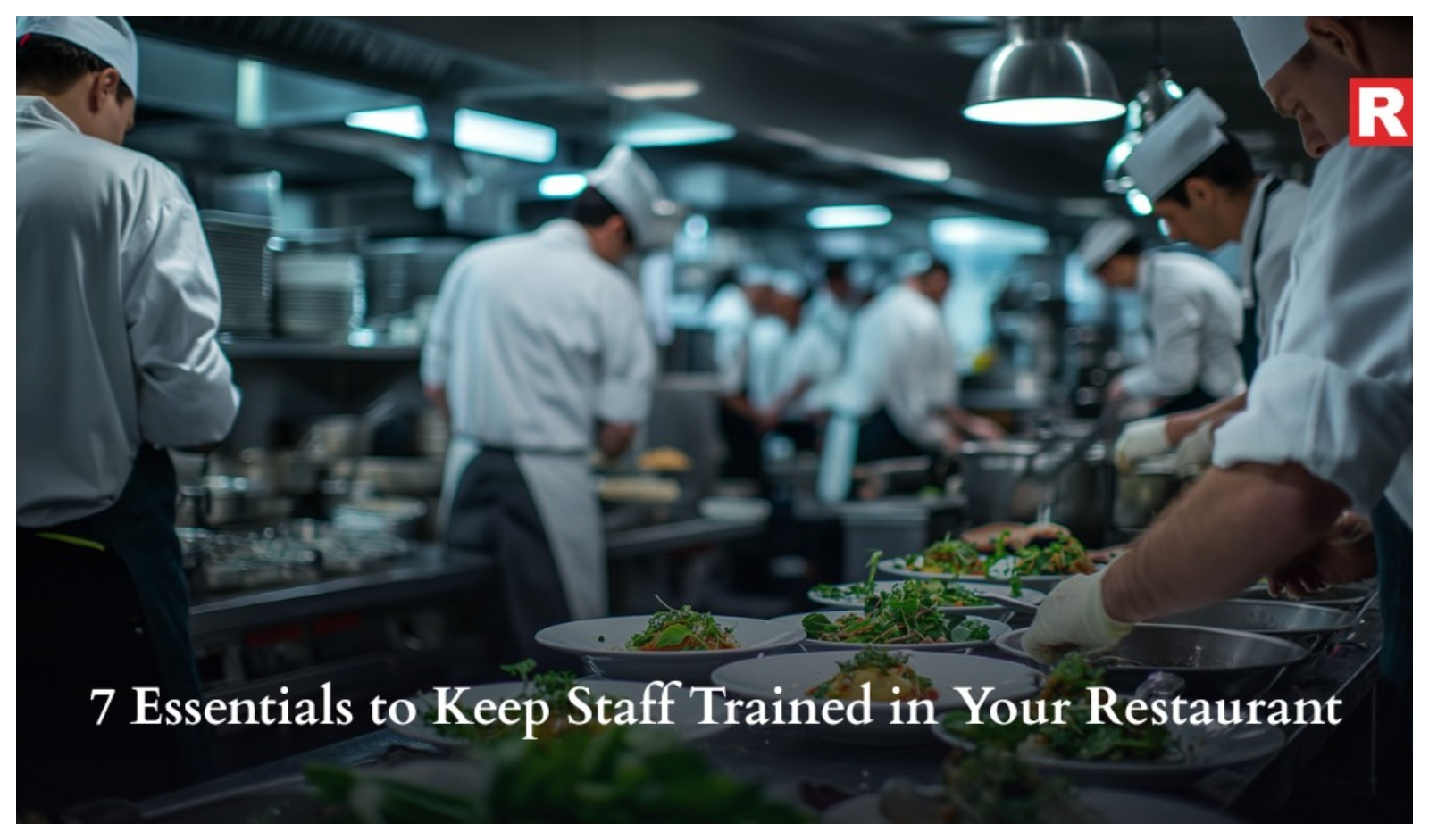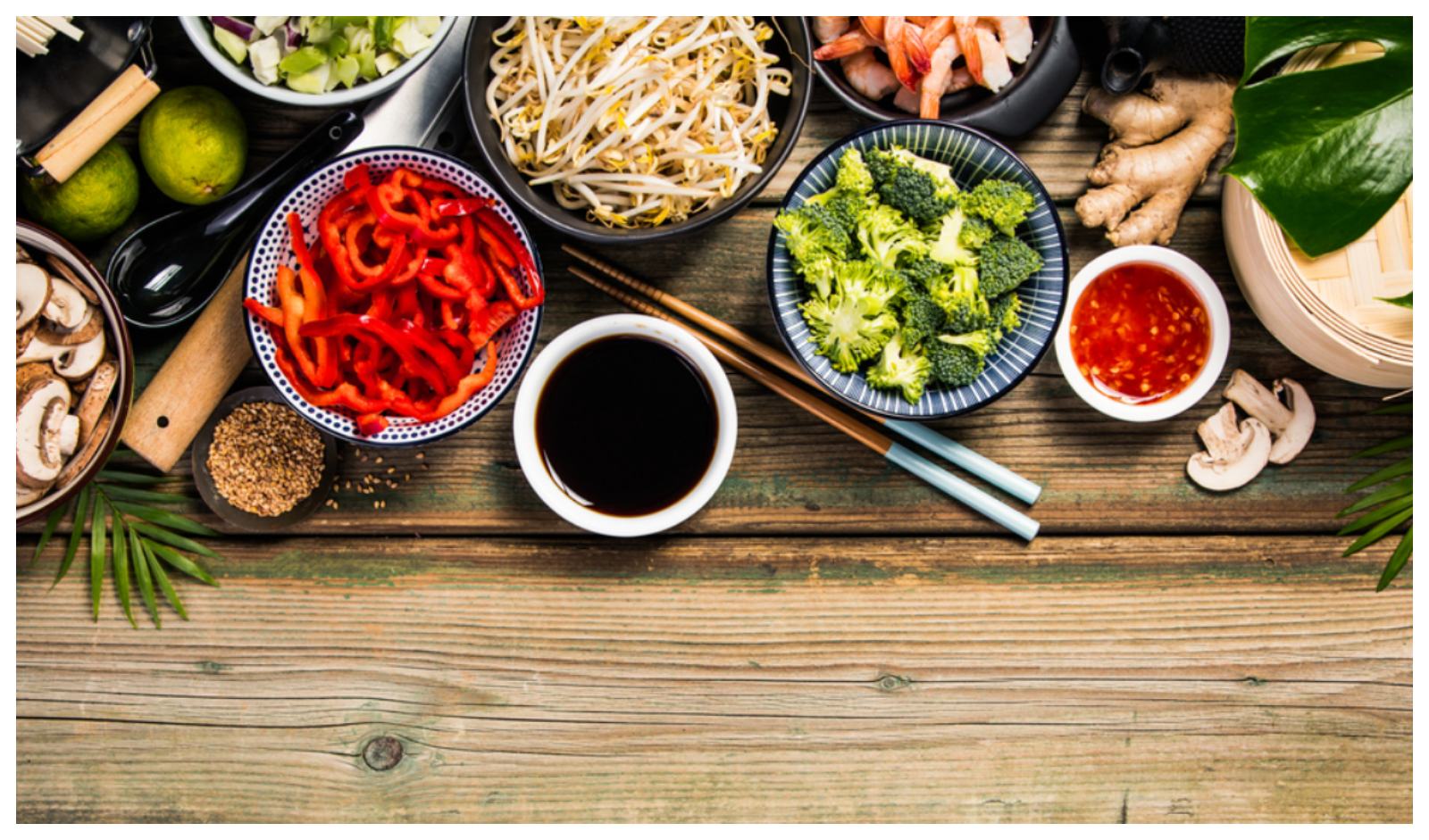What began as a personal passion has today evolved into Namma, a South Indian restaurant rooted in comfort, authenticity and family.
This brings perspectives from investors, homegrown QSR founders, legacy restaurateurs and new-age community-driven café creators to decode the trends…
In the restaurant world, growth capital is no longer just fuel for expansion—it’s a catalyst for transforming good concepts into enduring brands.
Boba Tea and Matcha Tea have seen an 11x and 4x surge in search volumes, respectively, in the last five years.
Instead of chasing volume or footfalls, these compact formats are taking the opposite route by keeping their covers low, service slots restricted,…
Sustainability is now part of the operating model. Kitchens designed to reduce waste, bars that recycle, and partnerships with local producers…
Points-based systems allow customers to earn rewards for each purchase, while tiered rewards create incentives for frequent engagement.
Ankita Poojari, Director and second-generation entrepreneur at the Shiv Sagar Group, shares insights into how the iconic Indian brand has sustained…
In today’s competitive dining scenario, success demands constant innovation, adaptability, and meaningful engagement across every customer touch…
Behind that seamless magic is no accident. It’s a team that’s been trained to anticipate needs, motivated to go the extra mile, and consistent enough…
Single-cuisine concepts can contribute approximately 50 to 65% of dine-in revenue in metro portfolios where specialists dominate new openings.
Franchising not only build a strong brand identity but also helps in successful expansion strategies. Around 30-40% of restaurant businesses are…
The removal of the Delhi Police Eating House License is not just about one less document, it’s about creating the kind of environment where…
Your restaurant’s menu is a powerful marketing tool, a silent salesperson, and a reflection of your brand’s personality. So, if you are a restaurant…

Currently, vaccination is the only hope for the popular dance floors, where the crowd is the only USP.

With lockdown in place for 45-60 days and the unlocking just beginning, it also attempted to understand the kind of visitors people expect to have…

Intermittent fasting was the most popular (10%), followed by clean eating (9%), ketogenic or high fat (8%), shared a research.
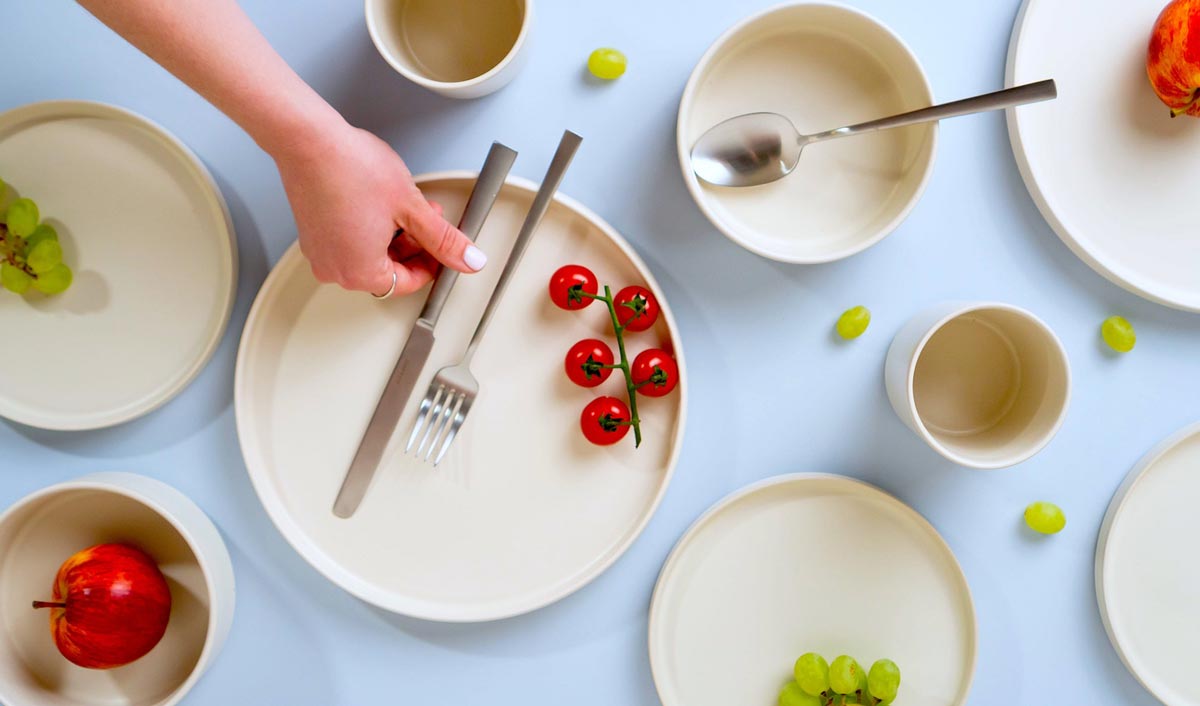
Given the situation, many leading food delivery platforms including Swiggy are now tying up with Prakritii Cultivating Green for disposable cutlery…

Technology streamlines your end-to-end restaurant operations and helps you deliver compatible customer service.

As per Kotak's city-wise forecast, factors include purchasing power, addressable population, palate preferences, extant QSR penetration, cluster…

While others were asking their employees to leave, Out of The Blue created a safe bunk yard for all their employees to stay with them in the safest…

The government has also asked people involved in home delivery services to be vaccinated at the earliest as per GOI guidelines.

The stringent restrictions on mall entries have already reduced the footfall in the mall drastically and thus the sales have come down to 0 level.
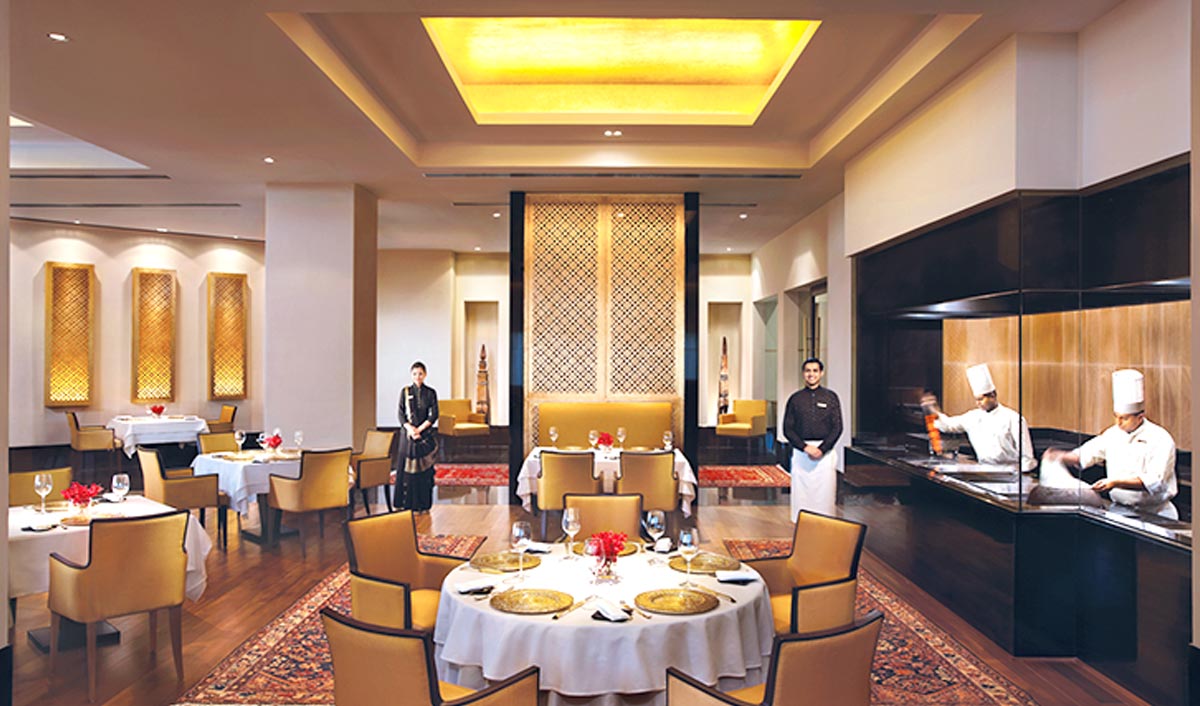
Similarly, rather than going with a conventional f&b operation, hotel owners are increasingly approaching independent restaurateurs to open…
Copyright © 2009 - 2026 Restaurant India.








